1998 Bmw M Roadster Convertible
The original Z3 debuted in 1995 as a '96 model and sported gorgeous lines reminiscent of BMW's 507 roadster, a retro-inspired interior, and an anemic 1.9-liter four-cylinder engine that didn't do the athletic chassis justice.
Despite its disappointingly weak engine, the BMW Z3 was a wildly-successful two-seater that essentially created the premium roadster category back in the mid-90s.
Most people recall the BMW Z3 roadster as James Bond's posh ride in the GoldenEye film, but car connoisseurs remember the high-performance M Roadster version of the Z3 above everything else—and with good cause.
The Z3 got the M-Division treatment
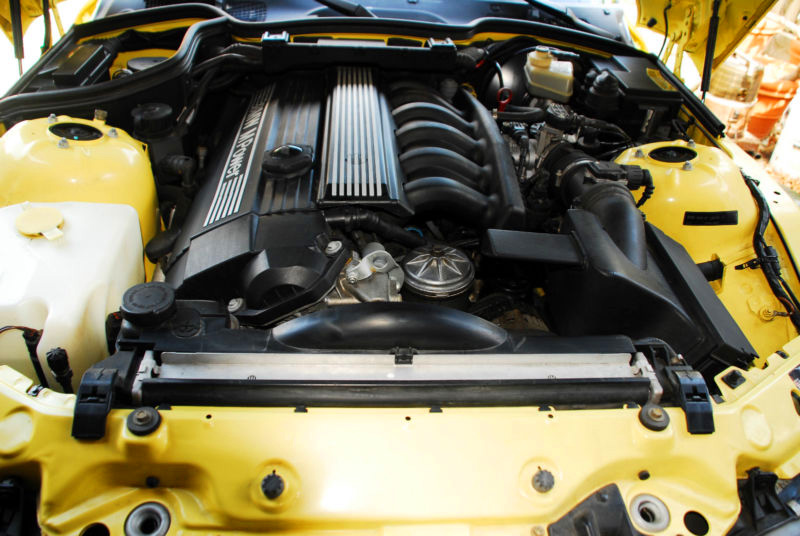
Available from 1997 to 2002, the M Roadster improved on almost every aspect of the garden-variety Z3. Compared to the base models, the Z3 M Roadster had a standard limited-slip differential, a wider rear track to accommodate aggressively-wide tires, larger brakes, and most importantly, a 3.2-liter inline-six producing 240 hp in the North American version and 316 hp in the European model.
The North American M Roadster benefited from a refresh in 2001 which included the same more potent motor featured in the European Z3 M, but the basic roadster secret sauce was the same—cram a big torquey engine into a lightweight roadster and hold on tight.
What made the Z3 M Roadster such an endearing sports car though—aside from its exhilarating performance and seductive styling—was its refreshingly analog nature.
A retro roadster inside and out
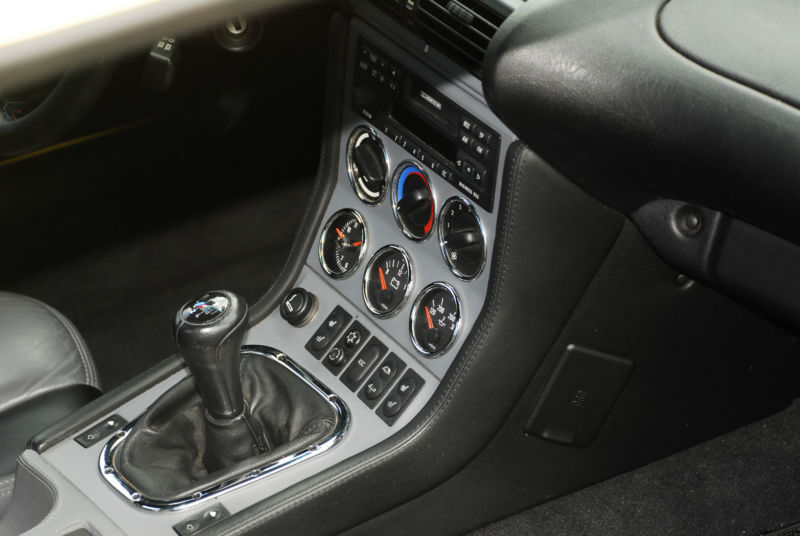
In stark contrast to the Porsche Boxster and Mercedes-Benz SLK230 Kompressor, the M Roadster employed a back-to-the-basics approach to its interior and exterior design.
You sit low and snug inside the M Roadster like all the great sports cars of yore. And like those vintage roadsters, the beltline (which is the bottom edge of the windshield, side windows, and rear window) is nice and low, so you have awesome visibility as well as plenty of room to hang your elbow out the side window while you cruise.
Once comfortably seated, it's easy to admire the beautiful simplicity and functionality of the M Roadster's retro-themed interior.
The uncluttered dashboard featured all the vital gauges a driver would need, and nothing more. No fussy navigation screens, no confusing network of buttons, just the essentials. BMW also clad all the important touch points in sumptuous leather or soft-touch plastics to impart a sense of luxury and occasion
BMW did make a few concessions to certain luxury features well-heeled buyers expected from $40,000-plus sports cars, like power and heated sport bucket seats, a premium sound system, and a power convertible top; however, that's pretty much it in terms of frills. Heck, the Z3 M Roadster didn't even come standard with a CD-player!
This stripped-down ethos was applied to the exterior of the M Roadster, too.
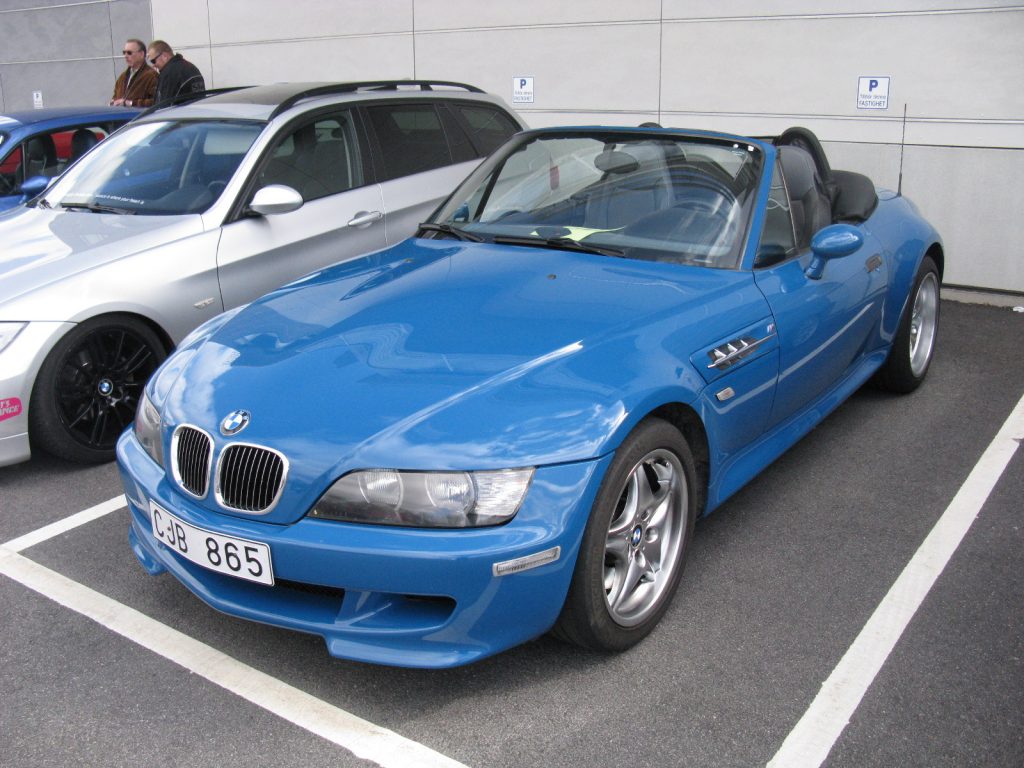
The classical proportions of the M Roadster design are complemented by elegant curves, handsome chrome accents and quad exhaust tips, and tasteful aerodynamic bodywork. The overall result is a timeless shape that looks fresh even compared to contemporary sports cars.
Many automotive journalists at the time likened the BMW Z3 M Roadster to a Germanic Shelby Cobra, and that's pretty much spot-on.
Throwback driving dynamics
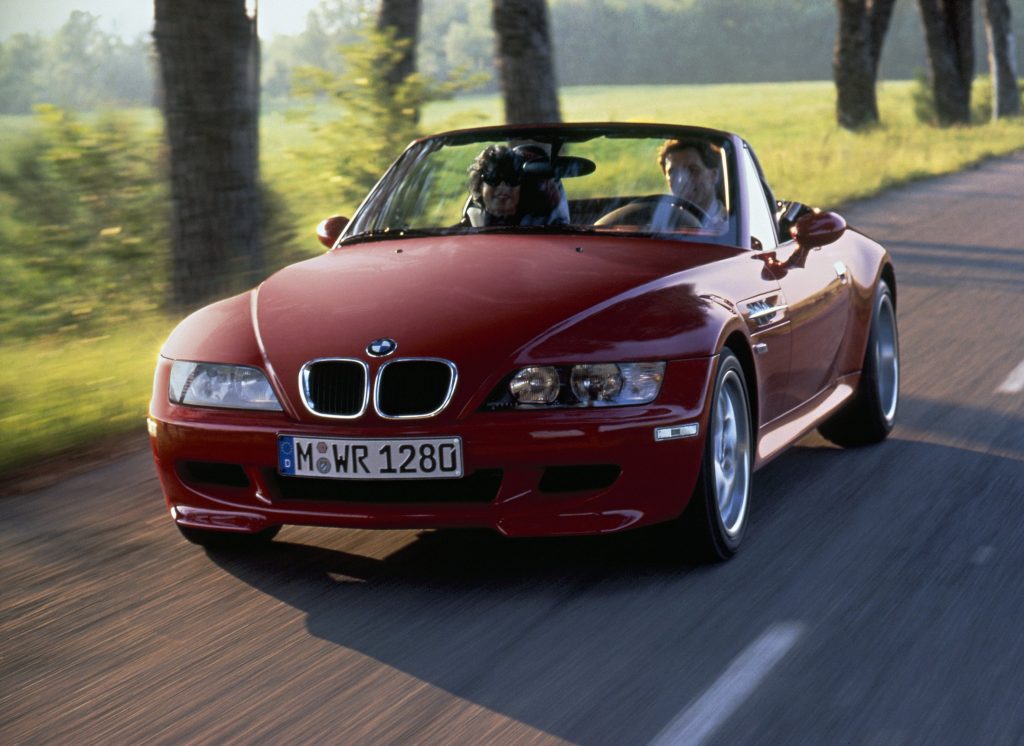
With a 0-60 mph time of around 5.3 seconds, the BMW Z3 M Roadster didn't deliver retro performance figures, but the way it achieved its superb numbers was certainly vintage.
Despite being a German high-performance sports car, the Z3 M Roadster was mechanically straightforward—its silky-smooth straight-six cylinder engine produced prodigious power without the aid of a turbo or supercharger, and a five-speed manual was the only transmission offered.
Additionally, the Z3 was based on the E36 3 Series (produced from 1990 to 2000) but used the rear semi-trailing arm suspension design of the older E30 3 Series introduced in 1982. This old-school suspension design was outdated compared to the M Roadster's competition and gave the car spooky, unpredictable handling characteristics during high-speed cornering.
Alternatively, the rather archaic suspension design of the Z3 M Roadster made hard-cornering exhilarating as well as rewarding to extract the most out of the limited platform.
Think of it this way—some initially critiqued the original Porsche 911 for having the same challenging handling dynamics as the Z3 M Roadster but it's now revered for this personality trait.
The BMW Z3 M Roadster is timeless
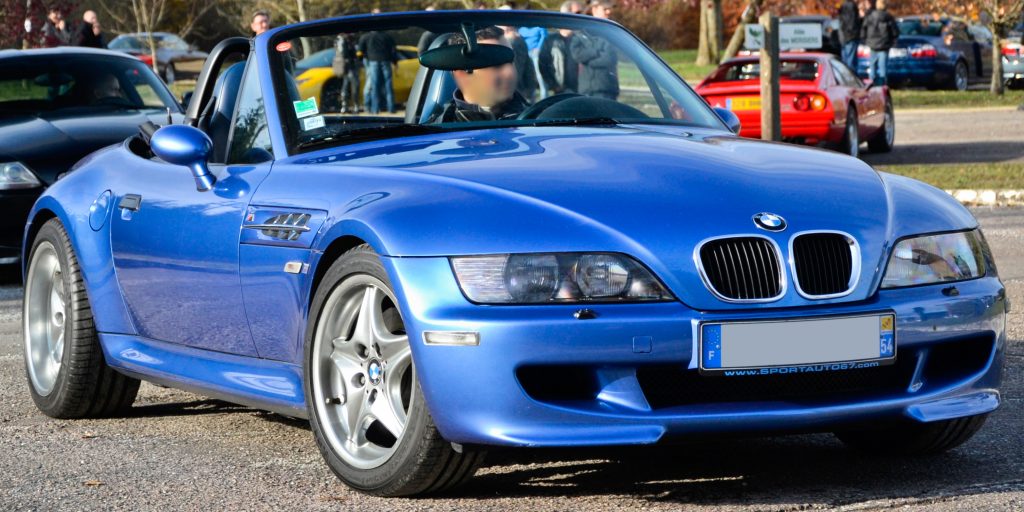
The BMW M Roadster looks and drives like the analog driver's car that it is, and we find this incredibly intoxicating.
In the age of rapidly evolving technology and safety features, it's becoming increasingly difficult to find a new sports car that offers such a raw and visceral experience. Performance machines nowadays are technically brilliant and produce performance numbers that older sports cars like the M Roadster could only dream of, but they often lack the emotional appeal that analog cars deliver in spades.
And that's why the BMW Z3 M Roadster will be an enduring classic from a bygone era of analog sports cars—a two-seat time machine that instantly transports you back to a time when how a car made you feel mattered more than how it made its performance figures.
1998 Bmw M Roadster Convertible
Source: https://www.motorbiscuit.com/the-z3-m-roadster-was-the-last-analog-bmw-sports-car/

0 komentar:
Posting Komentar